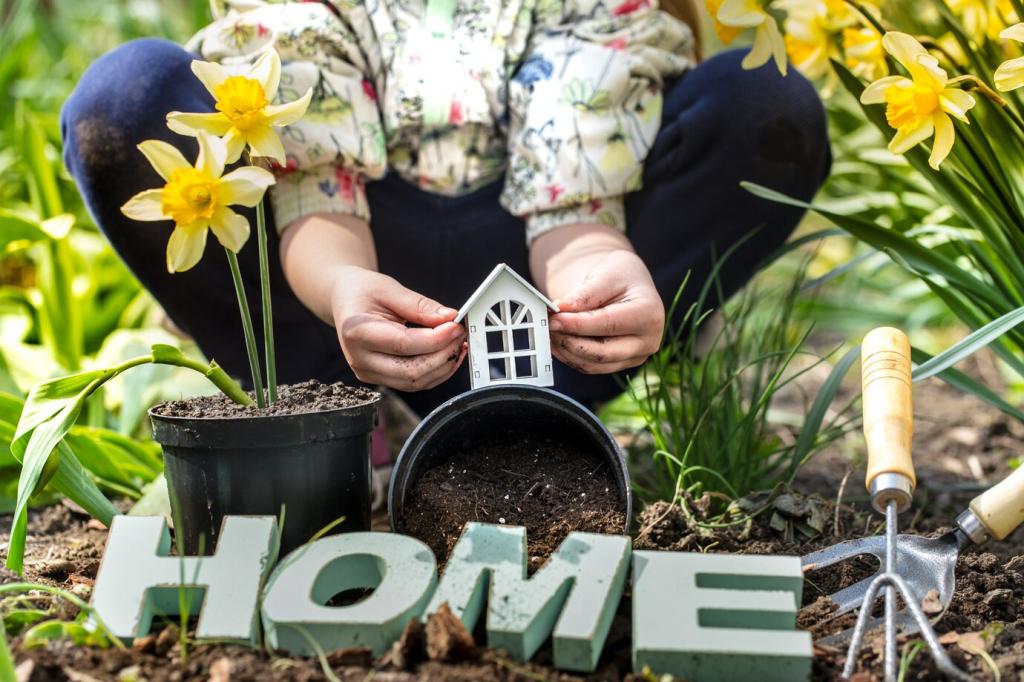Eco‑smart Finishes and Oils for Vintage Wood
Dewaxed shellac flakes dissolved in alcohol offer warm clarity, quick repairability, and low toxicity. Pair with filtered beeswax, optionally hardened with a touch of carnauba, and cold‑pressed raw linseed oil for a breathable, traditional system that respects antique surfaces and future touch‑ups.
Eco‑smart Finishes and Oils for Vintage Wood
Modern plant‑resin hardwax oils can be beautifully matte and durable with VOC levels clearly stated in grams per liter. Look for formulations using sunflower, tung, or rapeseed oils and isoaliphatic or citrus carriers, avoiding aromatic solvents while still providing excellent protection and easy maintenance.




